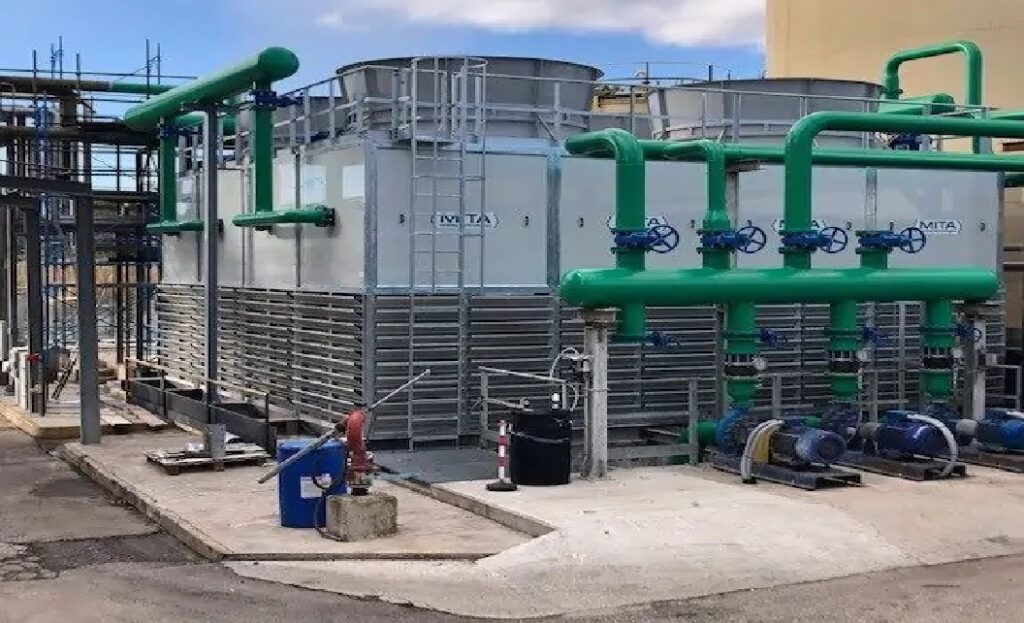The efficiency of industrial cooling reservoirs is crucial for various sectors, from manufacturing to energy production. Proper optimization not only ensures operational efficiency but also minimizes costs and environmental impact. In this blog post, we will explore the best practices for optimizing industrial cooling reservoirs, focusing on water quality management, the latest technologies, and maintenance strategies.
Understanding Industrial Cooling Reservoirs
Industrial cooling reservoirs play a vital role in maintaining the optimal temperature of machinery and processes. These reservoirs store large volumes of water that circulate through cooling systems, absorbing and dissipating excess heat. Without proper optimization, these systems can suffer from inefficiencies, leading to increased energy consumption and potential equipment failure.
Key Components of Optimization
1. Water Quality Management
Water quality is one of the most critical factors in the performance of cooling reservoirs. Contaminants such as minerals, biological growth, and pollutants can significantly affect the cooling efficiency.
- Regular Testing: Implement a scheduled testing routine to monitor water quality parameters like pH, hardness, and microbial content.
- Treatment Systems: Invest in advanced treatment systems like reverse osmosis, UV sterilization, and chemical dosing to maintain high water quality standards.
- Filtration: Employ multi-stage filtration systems to remove particulate matter and prevent clogging in cooling circuits.
2. Efficient Pumping Systems
Pumping systems are the heart of any cooling reservoir setup. Ensuring their efficiency can lead to substantial energy savings.
- Variable Frequency Drives (VFDs): Use VFDs to control the speed of pumps based on real-time demand, reducing unnecessary energy consumption.
- Regular Maintenance: Schedule periodic inspections and maintenance to prevent wear and tear, which can lead to inefficiencies.
- Pump Selection: Choosing the right pump size and type for your specific needs can greatly enhance overall system efficiency.
3. Cooling Tower Performance
Cooling towers are integral to the heat exchange process in industrial cooling systems.
- Regular Cleaning: Clean cooling towers routinely to remove algae, scale, and debris that can reduce efficiency.
- Chemical Treatments: Use corrosion inhibitors and biocides to protect the cooling tower materials and prevent biological growth.
- Upgrade Technology: Consider upgrading to high-efficiency cooling towers that utilize advanced materials and designs for better performance.
Technological Advancements
1. IoT and Smart Sensors
The integration of the Internet of Things (IoT) and smart sensors can revolutionize the way industrial cooling reservoirs are managed.
- Real-Time Monitoring: Smart sensors provide real-time data on temperature, flow rates, and water quality, enabling proactive management.
- Predictive Maintenance: IoT systems can predict potential issues before they become critical, allowing for timely interventions.
- Automated Controls: Automated control systems can adjust operational parameters dynamically, optimizing performance and energy use.
2. Advanced Materials
The use of advanced materials in the construction and maintenance of cooling reservoirs can greatly enhance efficiency and durability.
- Corrosion-Resistant Coatings: Applying coatings to reservoir surfaces can protect against corrosion and extend the lifespan of the infrastructure.
- Thermal Insulation: High-quality insulation materials can reduce heat loss and improve overall system performance.
Case Study: A Beverage Manufacturing Plant
Consider a beverage manufacturing plant that recently optimized its industrial cooling reservoir system. By integrating advanced filtration systems and IoT-enabled smart sensors, the plant significantly improved water quality and system efficiency. Additionally, the use of a glass bottle recycling process within the plant not only reduced waste but also contributed to the overall cooling load management by minimizing the need for external cooling resources. This holistic approach resulted in a 20% reduction in energy consumption and a marked improvement in product quality.
Maintenance Best Practices
1. Scheduled Inspections
Routine inspections are essential to identify and address potential issues early on.
- Checklists: Develop comprehensive checklists for daily, weekly, and monthly inspections.
- Documentation: Keep detailed records of all inspections and maintenance activities to track performance trends and identify recurring issues.
2. Staff Training
Well-trained staff are crucial to the successful operation and maintenance of cooling reservoirs.
- Training Programs: Implement ongoing training programs to ensure staff are up-to-date with the latest technologies and best practices.
- Safety Protocols: Emphasize the importance of safety protocols to prevent accidents and ensure a safe working environment.
3. Emergency Preparedness
Being prepared for emergencies can prevent minor issues from escalating into major problems.
- Contingency Plans: Develop and regularly update contingency plans for various potential scenarios, such as equipment failure or water contamination.
- Emergency Kits: Maintain emergency kits with essential tools and materials to address common issues swiftly.
Conclusion
Optimizing industrial cooling reservoirs is essential for ensuring operational efficiency, reducing costs, and minimizing environmental impact. By focusing on water quality management, adopting the latest technologies, and implementing robust maintenance strategies, businesses can achieve significant improvements in their cooling systems. As demonstrated by the case study, a comprehensive approach to optimization can lead to substantial benefits, including energy savings and enhanced product quality.
